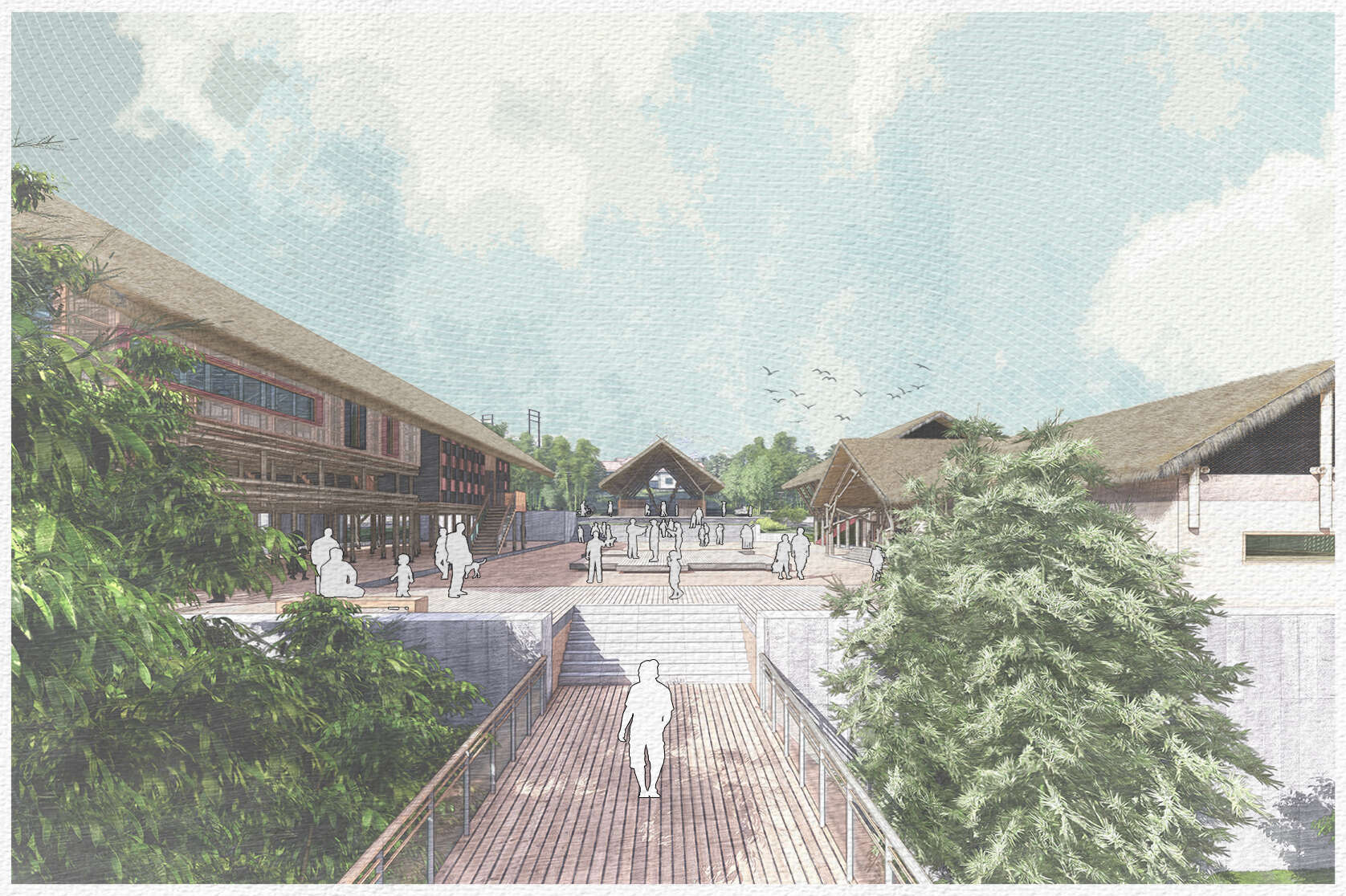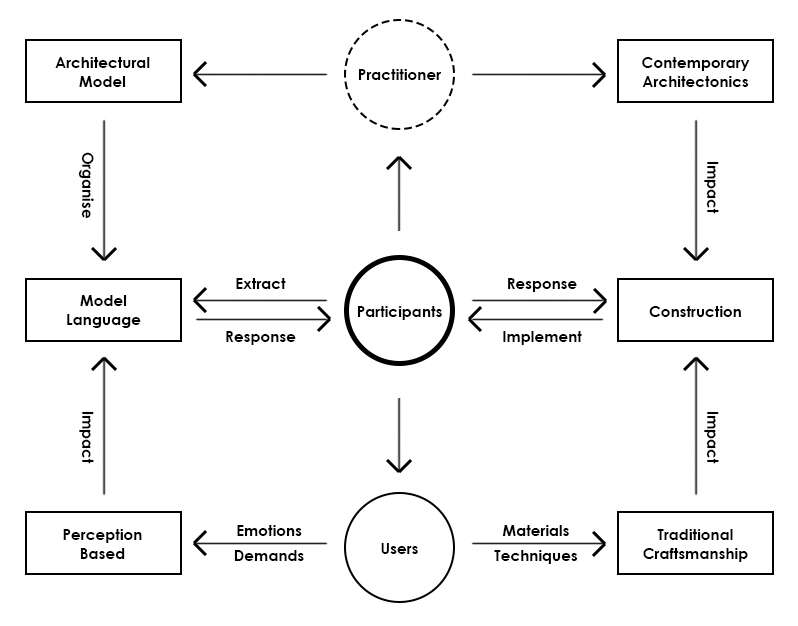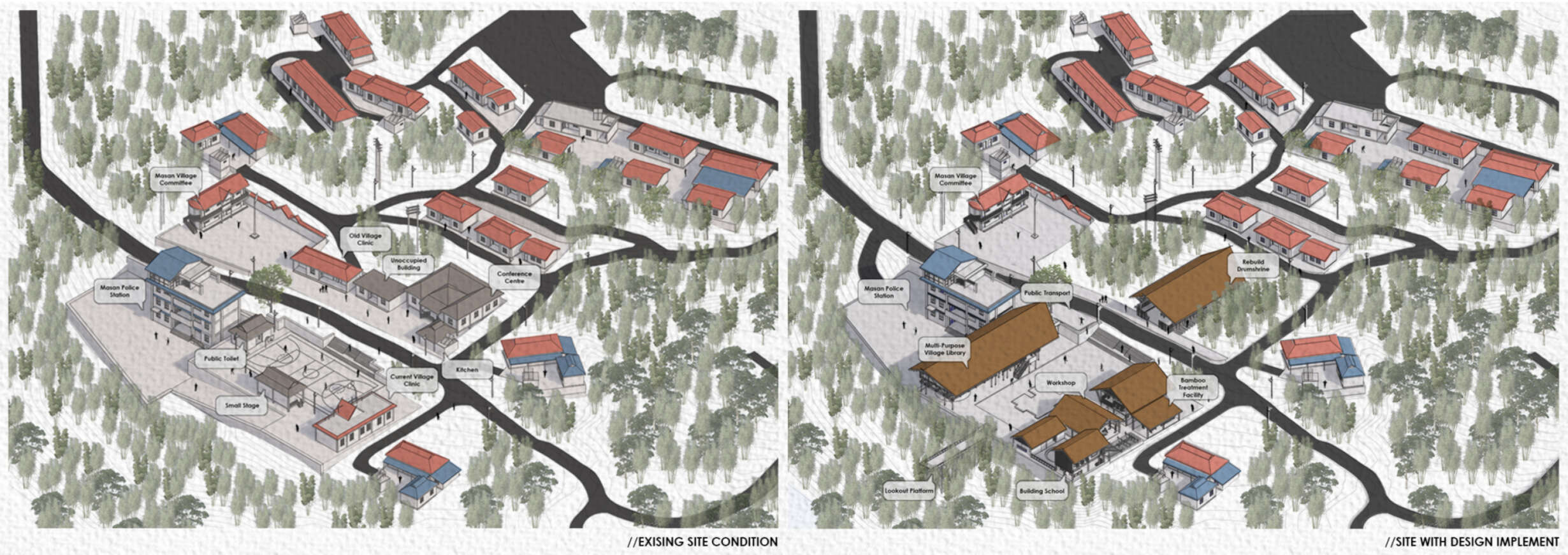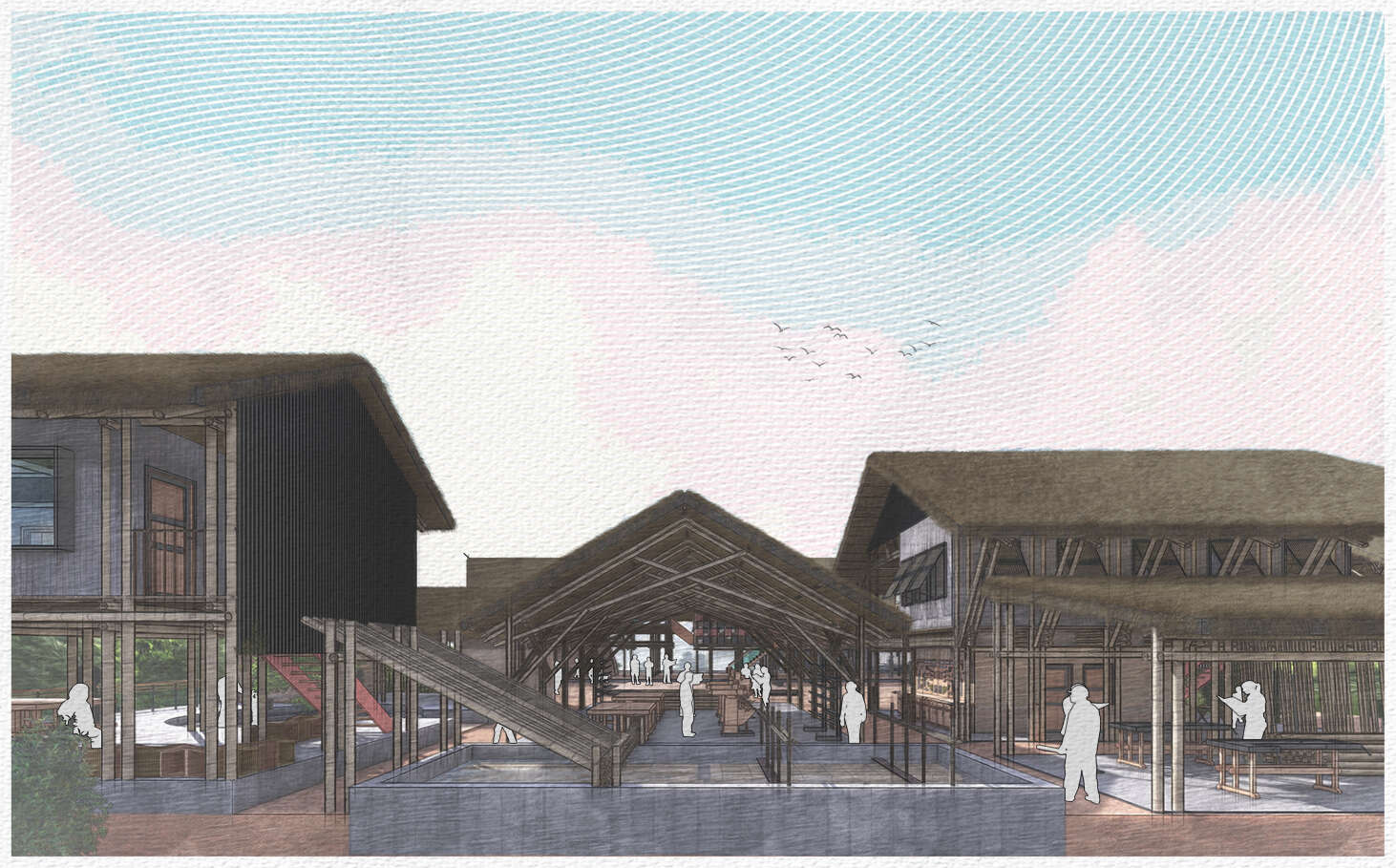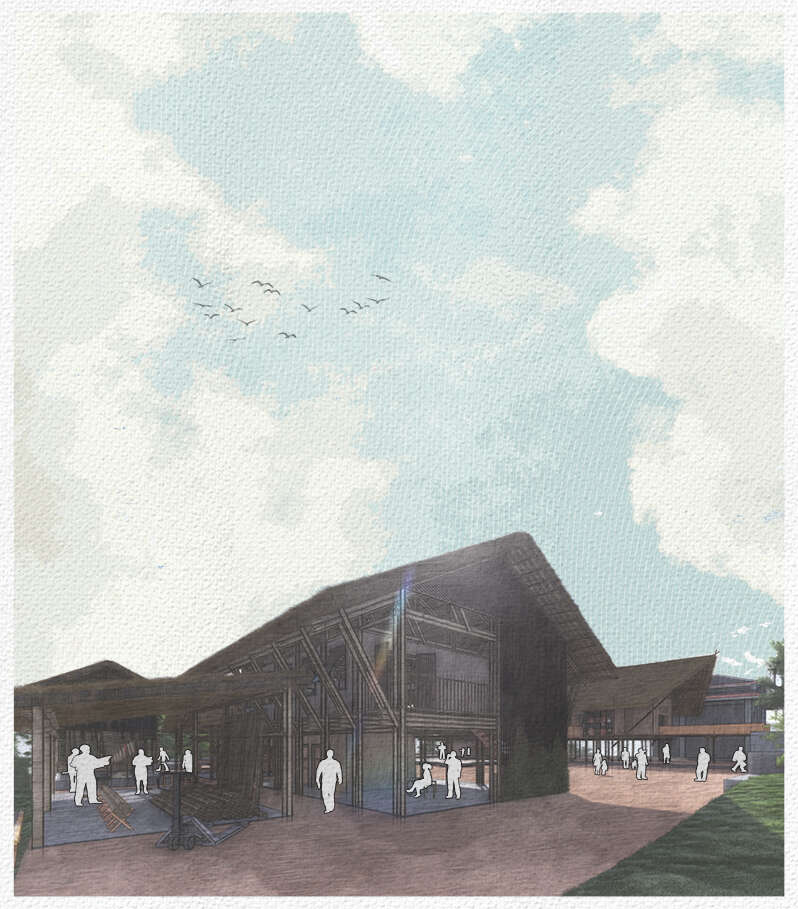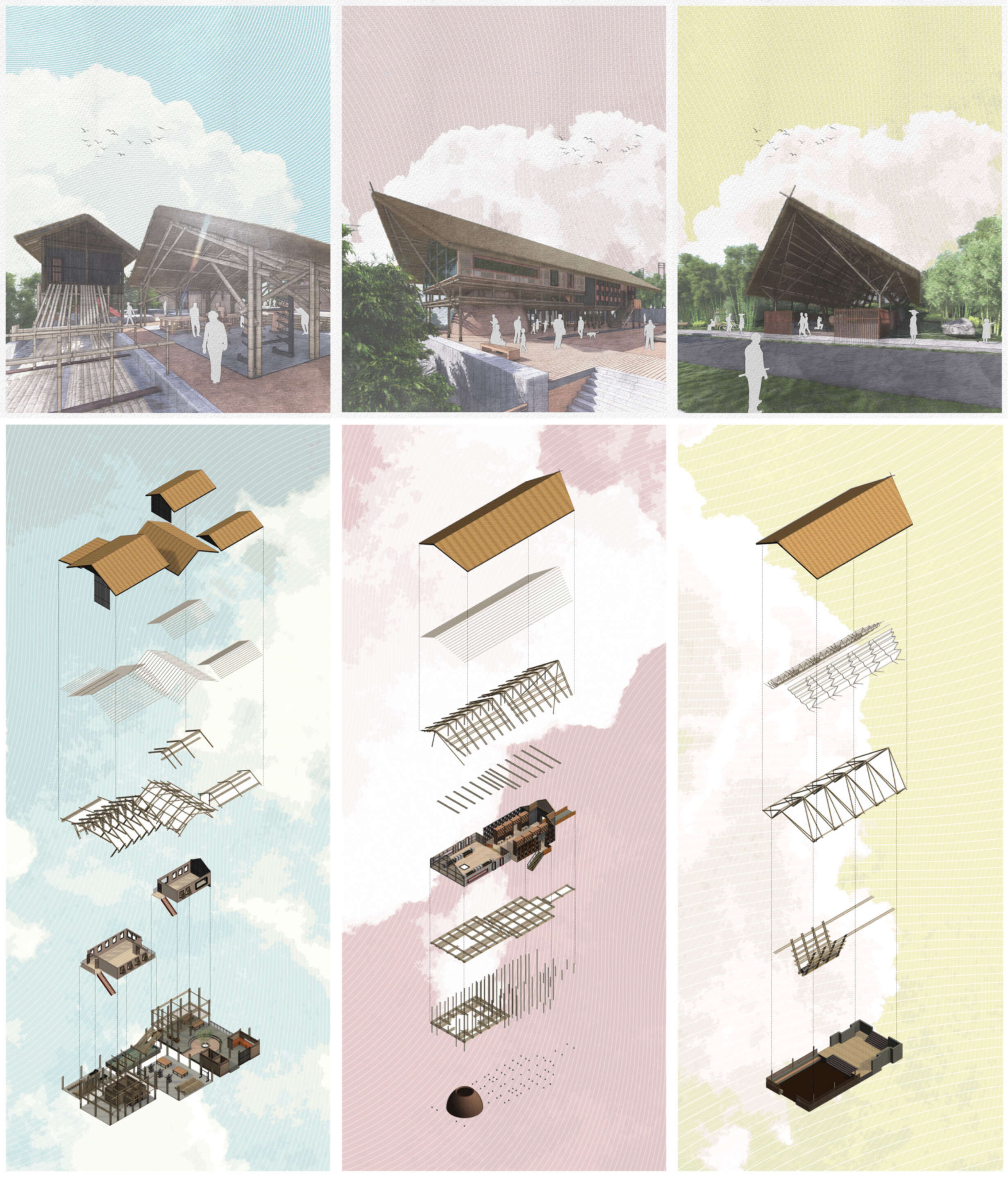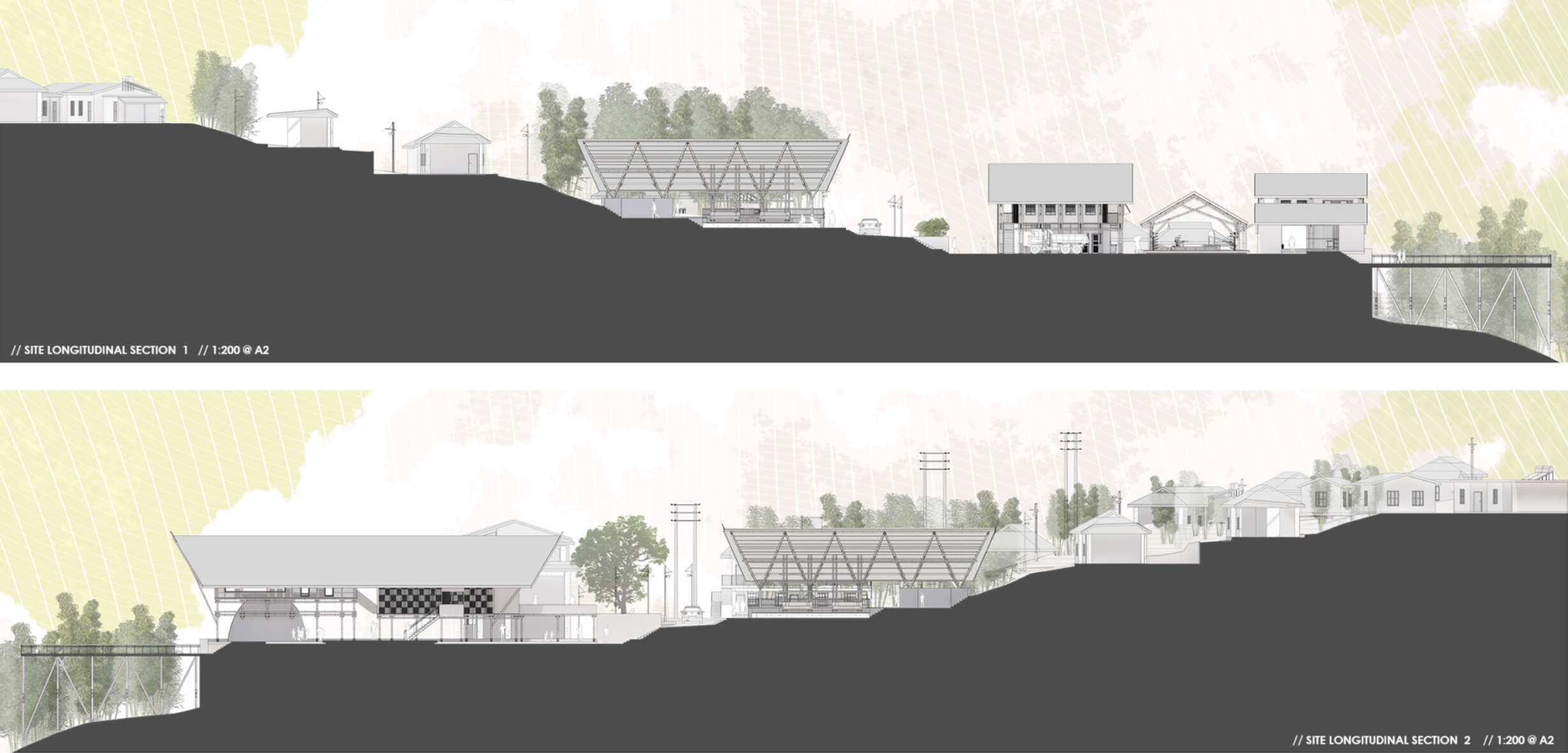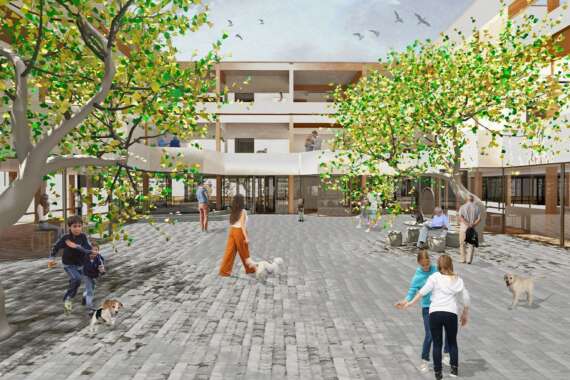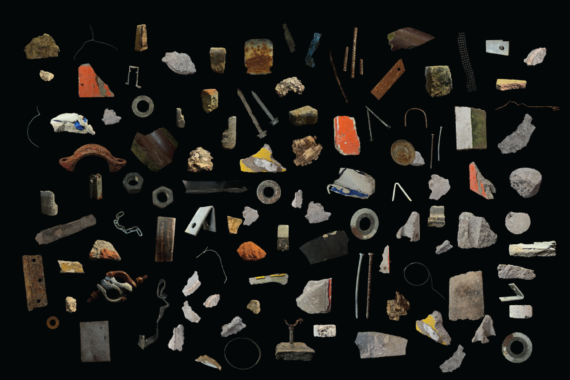This thesis will set foot on China's Wa ethnic community to analyse the vanishing vernacular village and architecture in Wa ethnic minorities' cultural continuity and propose to reclaim and refresh the architectural traditions within local resources.
The thesis will set in the frame of time to examine the "what is the tradition?" from traditional Wa village planning, the vernacular architecture's role and bamboo construction in the Wa community.
It will then lead to the topic "what is the now?" to discuss the external impacts of a Wa settled village. Later, it will approach a "what is future?" topic to discuss the participatory solution associated with Wa architecture's developing pattern to provide renewal strategy for the Wa village to preserve and reinterpret the unique vanishing architecture architectural culture.
Within the research frame, the proposed design solution is to re-interpret the architectural tradition in the vernacular Wa society so that users and occupants can be involved in the creative process of the village's architecture.
The modern architectural practitioners need to build a platform for users and the community. This platform must be well thought out in terms of the demographic, climatic, geographical, religious and cultural responses to traditional architecture, to facilitate the inhabitants' ability to use their creativity and labour.
The establishment of a platform will, on the one hand, reorganise the roles of the participants, construct and guide ways of participation to enable the users' emotional engagement with their homes. On the other hand, the platform will facilitate the guidance and control of residents' involvement in architectural design.
